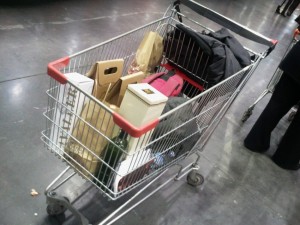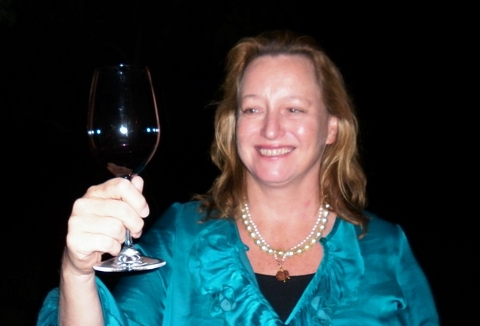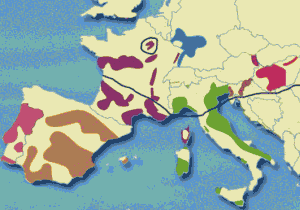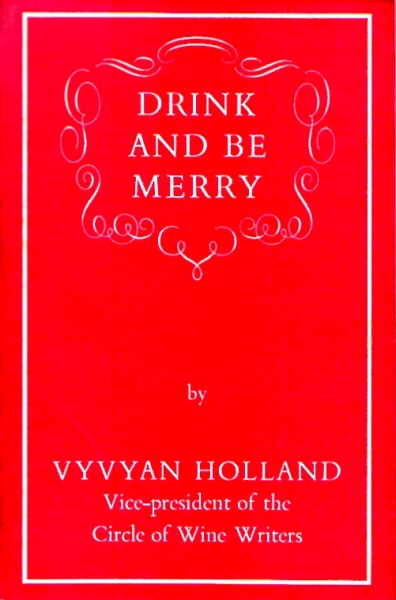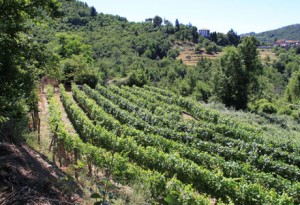In 1978 I thought I’d write a wine column. So I rang the editor of a Melbourne weekly paper and to my surprise he went for it.
Recently I found a yellowing clipping of that column – here it is -Â from the The Melbourne Times of 19 July 1978
Local red gets Double Gold
At the ninth International Wine and Spirit Competition held this year, the Wynns Coonawarra Estate Cabernet Sauvignon of 1972 won the Double Gold award as the best Cabernet exhibited. There were only thirteen Double Golds awarded in a competition comprising 428 entries from 19 countries.

Old news, views
The award will be presented to Wynn Winegrowers at the opening ceremony of the World Wine Fair in Bristol U.K. this month, and will make Wynns the recipients of the highest prize granted to an Australian wine in recent years, if not this century.
I tasted this wine soon after it was released and vaguely remembered it as being a pleasant but unremarkable Coonawarra of a great year.
Acknowledging however that wines of this particular region — Redmans especially — can develop tremendously with a few years bottle age, 1 felt that in light of this accolade another tasting was in order.
Accordingly, I invited a few friends around and last week we tasted the ’72 and ’73 vintage Wynns Coonawarra Estate Cabernet Sauvignon.
The ’72 had an immediately promising light bouquet, an agreeable blend of good berry fruit with slight oak overtones. It was of fine colour, a delicate transparent red with just a tinge of Cabernet purple, and one looked forward to rolling it around the tongue.
As is too often the case when tasting wine, the palate did not match the colour and bouquet. There was little acid or astringency considering its relative lack of age, and it seemed to be all middle palate with a trace of sugar sweetness detracting from any subtlety. The finish was smooth but did not linger and therefore disappointed.
It tends in style towards the lighter European clarets but in my opinion lacks the complexity apparent in the classier French Bordeaux. The wine is very drinkable now but I doubt its long term prospects. As it is virtually unobtainable at present, this should not worry too many wine drinkers.
In comparison, the ’73 vintage is a much bigger wine, except perhaps in bouquet. Clear to brilliant in appearance, it had more wood and tannin astringency, balanced well with plenty of fruit and a very firm finish.
Definitely a wine to cellar and enjoy in five to ten years’ time. It retails for around $5.70 and can be obtained at one of the better-known wine merchants for $3.70 on discount. I can recommend it at either price as good value for money.
